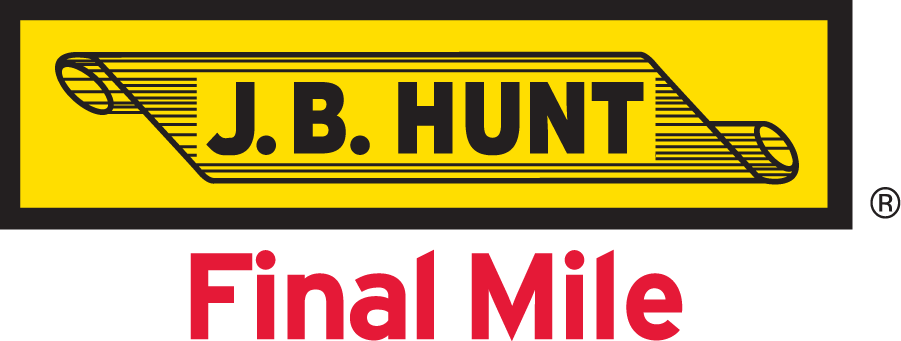When life throws you a curve ball, having an emergency fund can help. If tomorrow you had to replace your car, or needed a new roof, or realized you forgot that your property taxes are due, do you have a plan in place for handling it?
Setting up an emergency fund not only helps you prepare for events such as these, but it can help in other ways, too. For example, using your emergency fund instead of a credit card to pay for unplanned expenses may help you avoid interest and fees associated with using credit. Creating a cushion that you can fall back on if you become ill for a period of time may help prevent future financial setbacks. And having an emergency fund can offer you an alternative if you were considering taking a loan from your 401(k) plan or using other money you’ve earmarked for retirement to pay for unplanned expenses.
Thinking about setting up your own emergency fund? Here are four steps to help you get started.
Step 1—Decide on your goal
As a good rule of thumb, try to have your emergency fund equal three to six months of your living expenses if you’re single and don’t have children, or six to nine months if you’re married and/or have children. But, it may be easier to start with a smaller goal of $500 to $1000 to cover any immediate expenses in case of an emergency and build it up from there.
Step 2—Set up your account
Many people choose to establish a separate, FDIC-insured bank account, such as a savings or money market account, for their emergency fund so they aren’t tempted to use this money for non-emergencies. Consider choosing an account that will allow you to quickly access your money when you need it.
Step 3—Build up your fund
An easy way to start building your emergency fund is to set up an automatic transfer of a specific amount—say $25 or $50—each paycheck into your account. Other people round up each purchase to the nearest dollar and “pay” themselves the difference by putting the change into their emergency fund. Making it automatic can help; that way, you don’t have to think about putting the money aside each time—it’s already set up. Starting with a small amount and slowly increasing it gives you time to adjust your spending and saving habits accordingly. Read this article from Better Money Habits® for six simple steps to jump-start your emergency fund.*
Step 4—Plan for the long term
It takes time to build up an emergency fund, so be patient and focus on moving forward. Remember, even small amounts add up over time. For tips on building an emergency fund in a year, check out this infographic from Better Money Habits.* And try to use your savings only when necessary—on one of those emergencies you’ve been preparing for!
Another way you can prepare for the future is to enroll in the J.B. Hunt Retirement Plan. If you aren’t already participating, it’s easy to enroll. Visit the People site and click on Work Day > Benefits > Change Benefits > Retirement Savings Change. You can also enroll on www.benefits.ml.com or by calling (800) 228-4015.
Have a question about the J.B. Hunt retirement plan? Send your questions to benefits_401k@jbhunt.com.
Web pages referenced in this article:
https://www.bettermoneyhabits.com/saving-budgeting/saving-for-future/emergency-fund-tips.html?bcen=8a6b
https://www.bettermoneyhabits.com/saving-budgeting/saving-for-future/how-to-start-emergency-fund.html?bcen=8a6b
http://benefitsmobile.blog.jbhunt.com/

